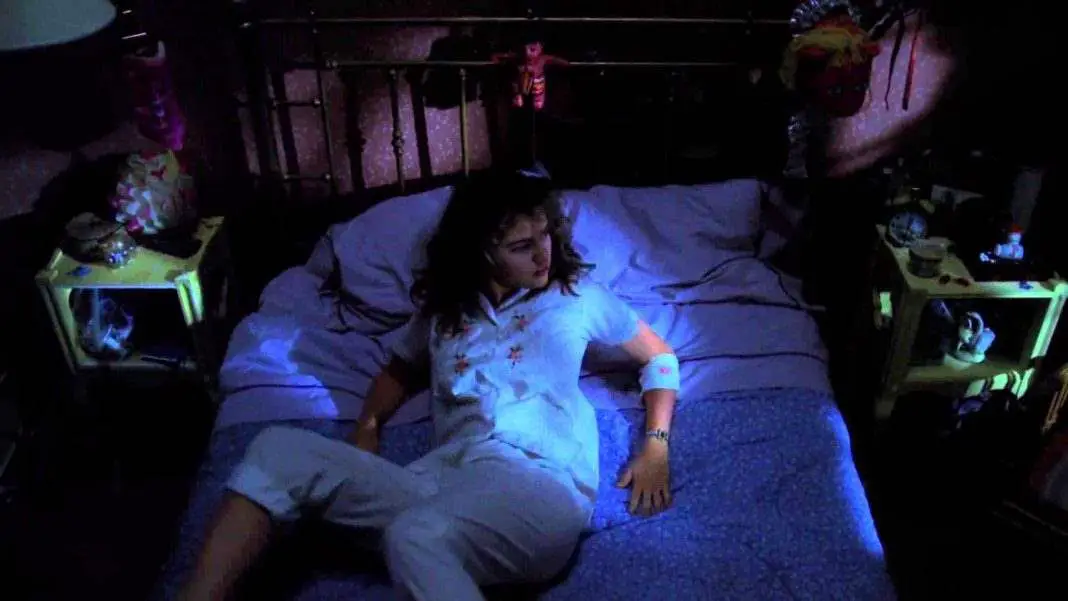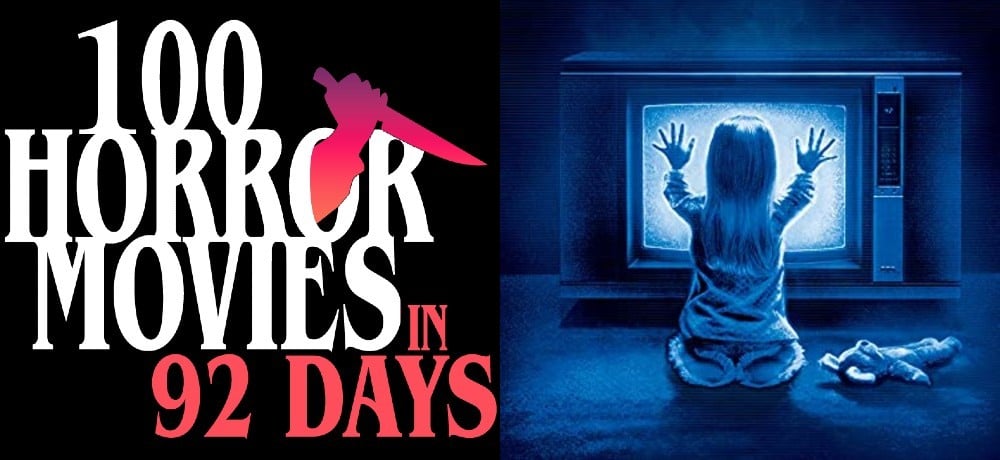Is A Nightmare on Elm Street Based on a True Story?

Is A Nightmare on Elm Street based on a true story? Yes, to an extent. But not entirely so. Read on as we separate fact from fiction and definitively speak to the real-life story that inspired A Nightmare on Elm Street.
Let’s start with the film series and then work toward the real-life inspiration: A sadistic child murderer chasing and killing teens in their dreams produced one of the most successful horror franchises of all time. In 1984, A Nightmare on Elm Street bowed. Robert Englund’s performance as Freddy Krueger grew to iconic status in the ’80s and remains beloved by genre fans today. Heather Langenkamp still tops all-time best final girl lists with her turn as Nancy in A Nightmare on Elm Street. The film cemented Wes Craven’s reputation as a master of horror. Yet, the creation of A Nightmare on Elm Street was not purely from the late director’s imagination. In fact, he drew real-life inspiration from a combination of his younger experiences as well as a news story from the time period.
How Wes Craven’s Real-Life Childhood Trauma Inspired A Nightmare on Elm Street:
The basis for the Freddy Krueger character in A Nightmare on Elm Street comes from a terrifying situation. Craven said in the documentary Never Sleep Again: The Elm Street Legacy, that looking out his window one night as a child, he saw an old man. The old man spotted him and young Wes jumped out of sight to hide. Later, he crept back to the window. Wes looked down and saw the man was still lurking in the shadows. Waiting. The man smiled malevolently and motioned to scare the boy.
A scenario that haunted him well into adulthood, Wes Craven did not know what to do with that experience until he came across a series of fascinating, yet horrifying, newspaper articles that eventually inspired him to write the screenplay for A Nightmare on Elm Street.
How The True Story of Refugees From Laos Helped Inspire A Nightmare on Elm Street
Laotian refugee men were dying in their sleep. Healthy young men were found dead and the medical community had no idea why. This news story was chronicled in 1981 from the Los Angeles Times and New York Times. Bright scientific minds, autopsies, and detailed studies all yielding unsatisfying results.

To understand where the trauma began, one must jump back to the mid-’70s in a war-torn Vietnam. For several years, the Laotian Civil War raged in the Kingdom of Laos. A communist political party known as the Pathet Lao formed to take over democratic control. In the final days, the Pathet Lao threatened to exterminate the Hmong people and thousands fled to the United States. These refugees began dying in their sleep once situated in isolated areas within the U.S.
As the strange death toll began to rise, medical experts were left scratching their heads regarding the exact cause. Speculation suggested it may be anything from irregular heartbeat to being frightened to death. The assimilation of Hmong people into American culture caused a shift of their religious beliefs. Where once their faith centered on the presence of a parallel spiritual world, it had now changed to Christianity and Buddhism. Those that remained true to the prior faith believed in the possibility of spirits inducing terror through nightmare.
The official name medical authorities in the U.S. gave the phenomenon is Asian Death Syndrome. The refugees with loved ones affected call it a variety of names, including “bangungut” meaning ‘Nightmare Death’ or ‘Night Terror’. Craven’s specific interest in this story pertains to a young Cambodian boy who refused to go to sleep after a series of bad dreams. The nights wore on until he could no longer remain awake. He fell asleep. His parents were relieved until they heard him screaming in terror as he passed away. Similar to the story of Nancy Thompson in A Nightmare on Elm Street, the parents discovered a coffee pot under his bed he’d used to keep himself awake. Sleeping pills given to him by his parents were found unused beneath his pillow. Sadly, these relics left behind only temporarily extended the inevitable. People have to sleep.
The Parallel Between the True Story and A Nightmare on Elm Street
Like characters right out of a horror flick A Nightmare on Elm Street, the individuals in this situation are in a no-win situation. Sleep is an essential element for humans to survive. Long-term effects can lead to the ultimate breakdown of the physical body. An article from the Cleveland Clinic website notes potential complications of sleep deprivation as: high blood pressure, diabetes, heart attack, heart failure, and stroke. The real people that died in their sleep had little time to do anything about their situation. Even if there is some life-saving solution, after a certain amount of time they would enter a point of no return. Once the nightmares began, the individual affected was doomed one way or another. That phenomenon inspired Craven to write A Nightmare on Elm Street.
To this day, the mystery remains intact. For how can one really know what another dreamed before they died? There is no one who has awakened to answer the question. Dr. Michael McGee, an assistant medical examiner at the time of the article’s release believed these young men may have been “literally frightened to death.” We have all had nightmares. One has to wonder what terror in a person’s waking life must be experienced to have the kind of nightmares that could frighten someone to death. Or, even more sinister, what kind of insidious dream entity is created based on the evil that humans inflict on one another?
In short, this terrifying true story, plus a helping of childhood trauma loosely inspired A Nightmare on Elm Street.
Updated September 10, 2024





